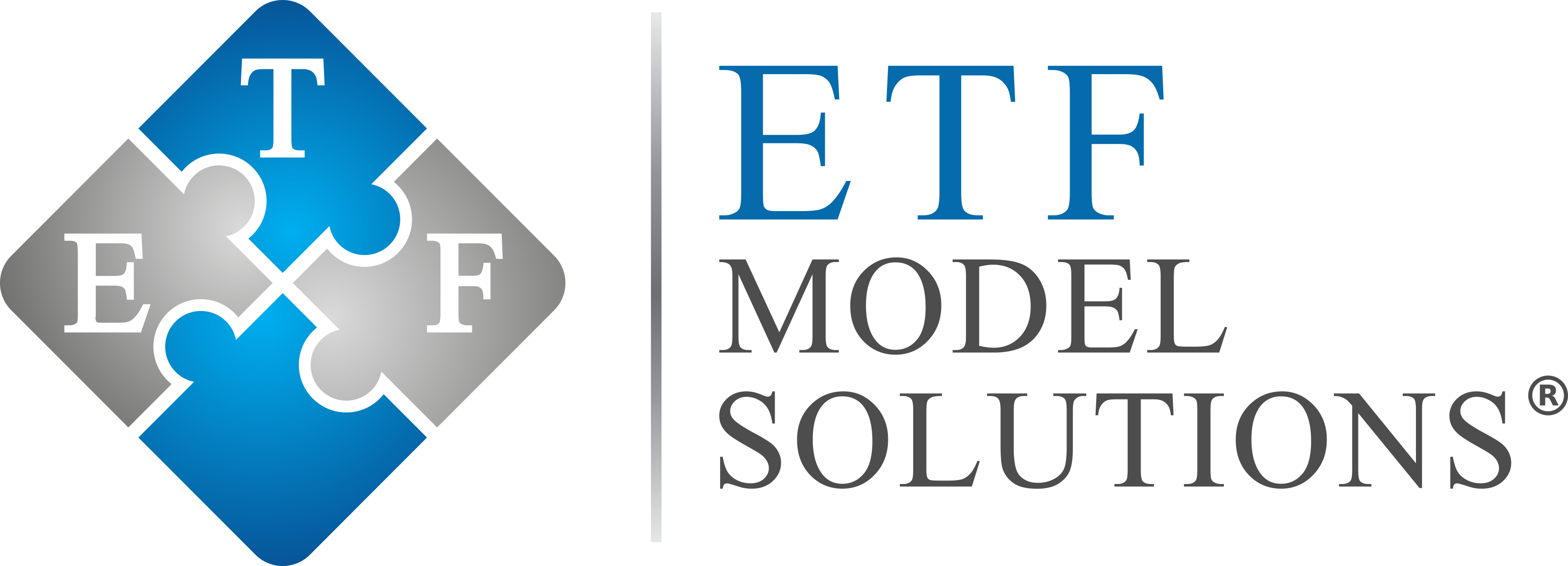Employers of defined contribution/401(k) and defined benefit must fulfill certain obligations and adhere to standards of conduct under ERISA rules with respect to the defined contribution and/or defined benefit plans they establish. These obligations can be completed by internal staff through an administrative committee or through the human resources department. However, in many cases, employers hire outside professionals (sometimes called third-party service providers). Regardless of who fulfills the obligations, the sponsors of the plan and those responsible for fulfilling the Plan’s obligations are the plan’s fiduciaries- a status based on the functions they perform for the plan, not just their title. More information on the definition and obligations of a fiduciary can be found on the Department of Labor’s in their guide “Meeting Your Fiduciary Obligations”.
Plan sponsors often turn to outside service providers to help administer their plan, especially with respect to the investments in the plan, or the investment selections available within the plan. Depending upon the level of engagement, some of these service providers will assume various levels of fiduciary obligations. With respect to the investments of a plan’s assets, there are four basic levels of support available to plan sponsors. These four levels were recently described this week in Employee Benefits News article, Understanding Fiduciary Protection from Retirement Providers by blogger Jerry Kalish, in order of lowest to highest fiduciary protection, as follows:
- Due diligence support: Providers offering this service have an evaluation process with regard to the investment options they offer under their retirement programs usually known as due diligence support. The provider offers a wide array of funds, and plan sponsors use the tool to help construct an appropriate line-up for their plan. However, the plan sponsor is still responsible for selecting and monitoring the plan’s investment options.
- Fiduciary certificate or warranty: Providers offering this service provide a certificate or warranty that is generally available to plan sponsors if they select at least one fund in designated asset classes. There is due diligence support for evaluating their funds combined with last-resort fiduciary liability protection if numerous conditions are met.
- Acknowledgment as a fiduciary under Section 3(21)(A)(ii) of ERISA: Some 401(k) programs use the services of an independent registered investment adviser (RIA) who agrees to become an investment advice fiduciary under section 3(21)(A)(ii). Under this service, the RIA recommends and monitors funds for the plan’s fund menu. However, employers are still responsible for selecting and monitoring the specific funds used on the menu.
- Acknowledgment as a fiduciary under Section 3(38) of ERISA: Some 401(k) programs use the services of an RIA who agrees to become an investment advice fiduciary under Section 3(38) and assume all responsibility for investment selection and monitoring. A Section 3(38) arrangement represents the most comprehensive level of fiduciary support possible under ERISA.
There is no best option. Each fiduciary must decide based on individual facts and circumstances. But remember, all fiduciary responsibilities cannot be delegated away. The plan sponsor always retains the responsibility to monitor the service provider on a periodic basis.”
Your plan service providers should provide you with a disclosure document which describes their level of fiduciary obligation to your plan. For example, ETF Model SolutionsTM operates as a 3(38) fiduciary with respect to assets we manage for plans. We provide plan sponsors with a disclosure document, mandated by ERISA under 408(b)(2) reasonably in advance of the plan entering into an agreement with our firm. The 408(b)(2) disclosure acknowledges our role as a fiduciary to the plan, the type of services we provide, lists the name and a description of the investment models and strategies that are available within the plan, itemizes the costs of each model or strategy (including the cost of the underlying ETFs or funds in the models), and lists the various risks of investing in each respective strategy.
As part of the Plan’s fiduciary obligations, the sponsors and/or administrators of the Plan should review their service provider disclosures to evaluate the reasonableness of the compensation for their services.
A link to the full article can be found on the website: Employee Benefit Advisor.
Important note: The above is provided for informational purposes only and is not intended to be construed as tax, legal or investment advice. Employers should review questions and issues pertaining to their plan with the accountant, attorney, advisor or other service providers that have been retained to develop or administer their plan.
